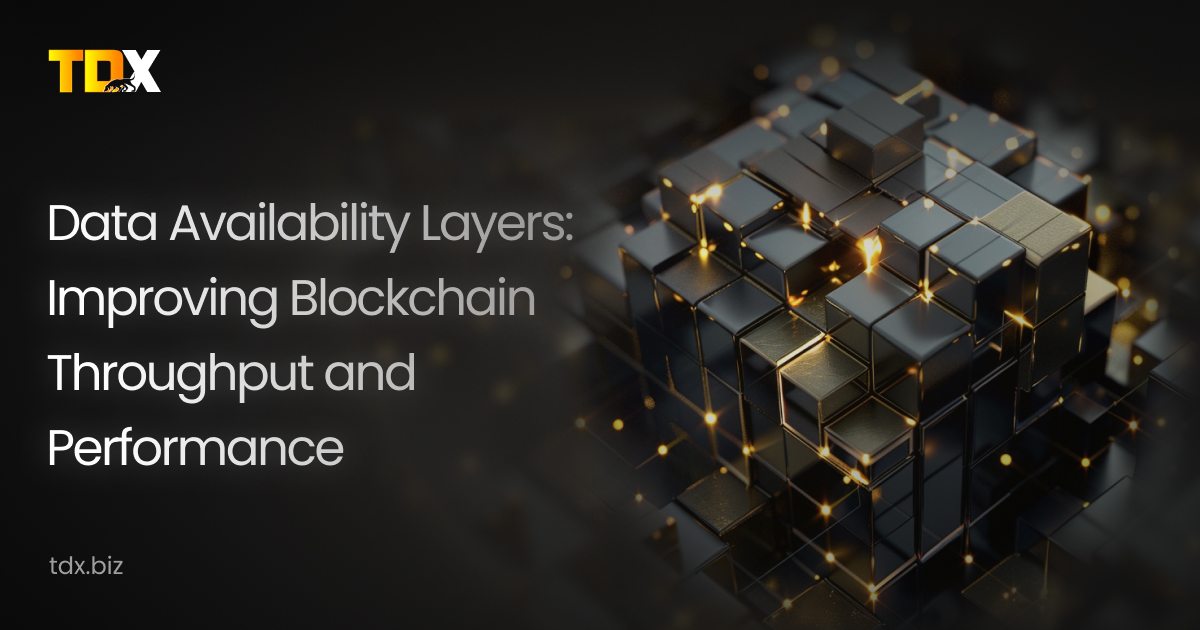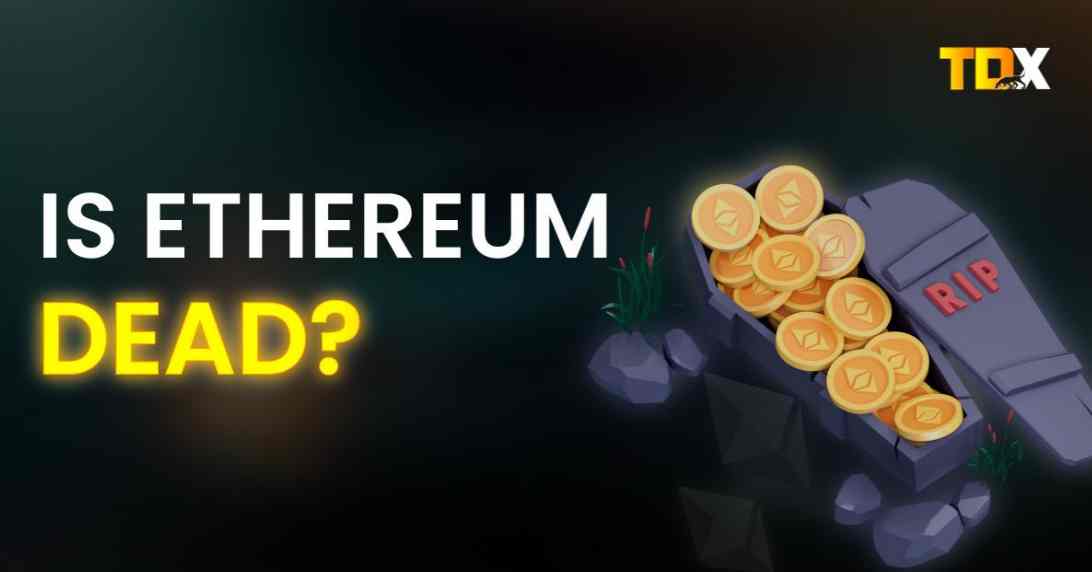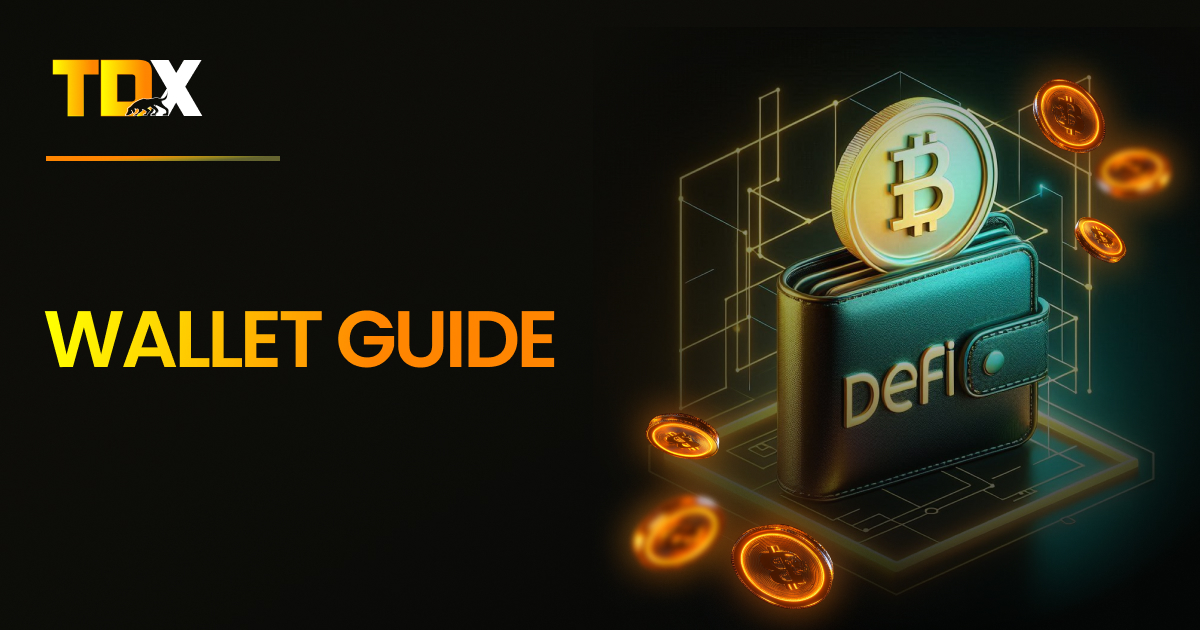 Back to blog
Back to blog


Data Availability Layers: Improving Blockchain Throughput and Performance
The blockchain ecosystem is continually evolving to enhance scalability and develop more application layer primitives. However, the adoption of blockchain technology is hindered by the “blockchain trilemma,” which involves balancing decentralization, security, and scalability. Traditionally, blockchains operate on a monolithic architecture, where transaction execution, consensus mechanisms, data availability, and settlement occur within a single layer. This rigid structure leads to scalability issues, as seen in Bitcoin’s low transaction throughput of approximately seven transactions per second (TPS) and Ethereum’s high gas fees.
To address these challenges, developers are shifting towards modular blockchain designs. In modular blockchains, transaction execution, settlement, and data availability are separated into distinct layers. This specialization increases throughput and reduces transaction costs, thereby creating more scalable solutions.
The Necessity of Data Availability Protocols
Ethereum Layer 2 (L2) solutions play a pivotal role in the scalability roadmap by offloading transaction loads from the main blockchain. L2 solutions aggregate multiple transactions and settle them as a single batch on the Ethereum mainnet, enhancing scalability while retaining the core functionality of the Ethereum network. Despite these improvements, the reliance on L1 for bundled transaction processing, verification, and settlement perpetuates mainnet congestion, leading to high gas fees and overloading the consensus mechanism.
To combat these issues, L2 solutions can reduce gas fees related to data storage by posting summarized transaction data. However, this poses a trade-off between efficiency and full verifiability. Ensuring increased data availability while maintaining low costs and reducing reliance on third parties like Data Availability Committees (DACs) and sync committees is crucial for security and decentralization.
The Public Library Analogy
To understand the data availability problem, consider Ethereum’s blockchain as a public library in a large city. In this library, people can both borrow and contribute books. The library’s popularity leads to congestion, causing slow transaction speeds and high fees. L2 solutions act as satellite branches that offload congestion from the main library. These branches collect books and send summaries back to the main library, reducing the overall burden. However, the process of updating the main library’s catalog with these summaries can overload the system again, highlighting the data availability problem.
The Solution: Dedicated Data Availability Layers
Dedicated data availability (DA) layers function as specialized storage and consensus mechanisms for rollup transactions, ensuring that transaction details, smart contracts, and off-chain data are accessible and verifiable by all nodes across L1, L2, and L3 networks. By offloading DA layers from L1, congestion is alleviated, improving throughput, speed, and response time. This separation allows rollups to manage their data more efficiently.
DA layers record and broadcast transaction data, ensuring any node can verify the blockchain’s history. This approach increases security and reduces the chances of malicious attacks. Separate DA layers enable rollup networks to experiment with various configurations, creating a modular and flexible ecosystem optimized for scalability while maintaining high security.
How DA Protocols Work
Data availability proofs and sampling serve as innovative approaches that allow nodes to verify that sequencers have made new transaction data blocks available without downloading the entire block. When a sequencer publishes transaction data, it undergoes an erasure coding process, creating backup copies of the data. This ensures that even if a large portion of the data is lost, the original content can still be fully recovered.
Nodes can sample small portions of the erasure-coded data to check its availability. By downloading random pieces of data, nodes can verify its presence with high confidence. This method, known as data availability sampling (DAS), ensures that rollup sequencers remain honest, facilitating scalability.
Implementation Approaches: Ethereum’s In-House Solution and Third-Party Protocols
Ethereum’s In-House Solution: Sharding
Ethereum’s scalability roadmap involves sharding, which divides the blockchain network into smaller units (shards) that process transactions in parallel. This modular architecture maximizes transaction throughput while reducing mainnet congestion. The Dencun upgrade, which implements Proto-Danksharding (EIP 4844), marks a significant milestone by enhancing Ethereum’s transaction processing capacity to over 100,000 transactions per second.
Proto-Danksharding introduces blob-carrying transactions, enabling large data pieces to be processed cheaply and stored temporarily, facilitating higher throughput and faster verification. Full Danksharding will further optimize this process by reducing the data each validator needs to store and process.
Leading Third-Party DA Protocols
1. Celestia
Celestia is a pioneer in modular blockchain architecture, emphasizing simplicity in rollup and L2 deployment. It utilizes optimistic architecture combined with DAS, allowing light nodes to validate data availability without processing entire blocks. Celestia’s “Rollups-as-a-Service” model facilitates easy blockchain deployment and is particularly suited for developers seeking flexible and straightforward rollup solutions.
2. Avail
Avail emphasizes modularity by separating its DA, execution, and verification layers. This approach significantly reduces transaction fees and ensures fast verification times. Avail supports various applications, including Validiums, L2 rollups, and sovereign rollups, by providing a robust base layer for efficient data storage and retrieval.
3. EigenLayer
EigenLayer’s EigenDA leverages Ethereum’s existing validator set, presenting an opt-in middleware solution that enhances data availability and integrity through a slashing-based mechanism. EigenDA is ideal for high-throughput applications on the Ethereum network, offering cost-effective scalability and improved programmability.
4. NEAR DA
NEAR DA leverages the Nightshade sharding mechanism to offer an efficient and scalable solution for Ethereum rollups. Its chunk architecture allows for cost-effective data availability, making it suitable for applications experiencing high transaction volumes.
5. 0G (ZeroGravity)
0G focuses on scalability and reliability through a novel design that separates data publishing and storage lanes. This approach addresses scalability bottlenecks and enables large data transfers, supported by a decentralized storage system designed for partitioning. 0G’s architecture is well-suited for on-chain AI applications and decentralized infrastructures requiring hyperscale programmable data availability.
6. NuBit
NuBit introduces a Bitcoin-native data availability layer aimed at enhancing network scalability and reducing storage transaction fees. By leveraging zkSNARKs and a unique consensus mechanism, NuBit offers an efficient solution for Bitcoin-based applications, particularly those requiring efficient data storage and access.
Conclusion: The Future of Data Availability Layers
The evolution of data availability layers represents a significant advancement in addressing the blockchain trilemma. By separating data availability from the main blockchain, dedicated DA layers enhance throughput, reduce costs, and improve overall performance.
As the blockchain ecosystem continues to grow, the importance of efficient data availability will become increasingly critical. Implementing robust DA layers will not only enhance the performance of existing blockchains but also pave the way for the development of new applications and services, driving the widespread adoption of blockchain technology.
40,000 readers 🚀 are getting insights with our media
 Read on Medium
Read on Medium 

Article
“Is Ethereum dead?” This is a trending argument that is appearing in various crypto communities and media. Which is not…


Guide
Welcome to the beginner’s guide on Trust Wallet, MetaMask, and Exodus—three most common cryptocurrency wallets for managing your crypto assets….


Article
When Venezuela’s inflation hit 189.8% in 2023 [Central Bank of Venezuela, 2023], Maria’s life savings of 200 million bolivars (enough…


Article
For generations, Indians have trusted one investment: fixed deposits (FDs). If you walk into any Indian household, chances are someone…


